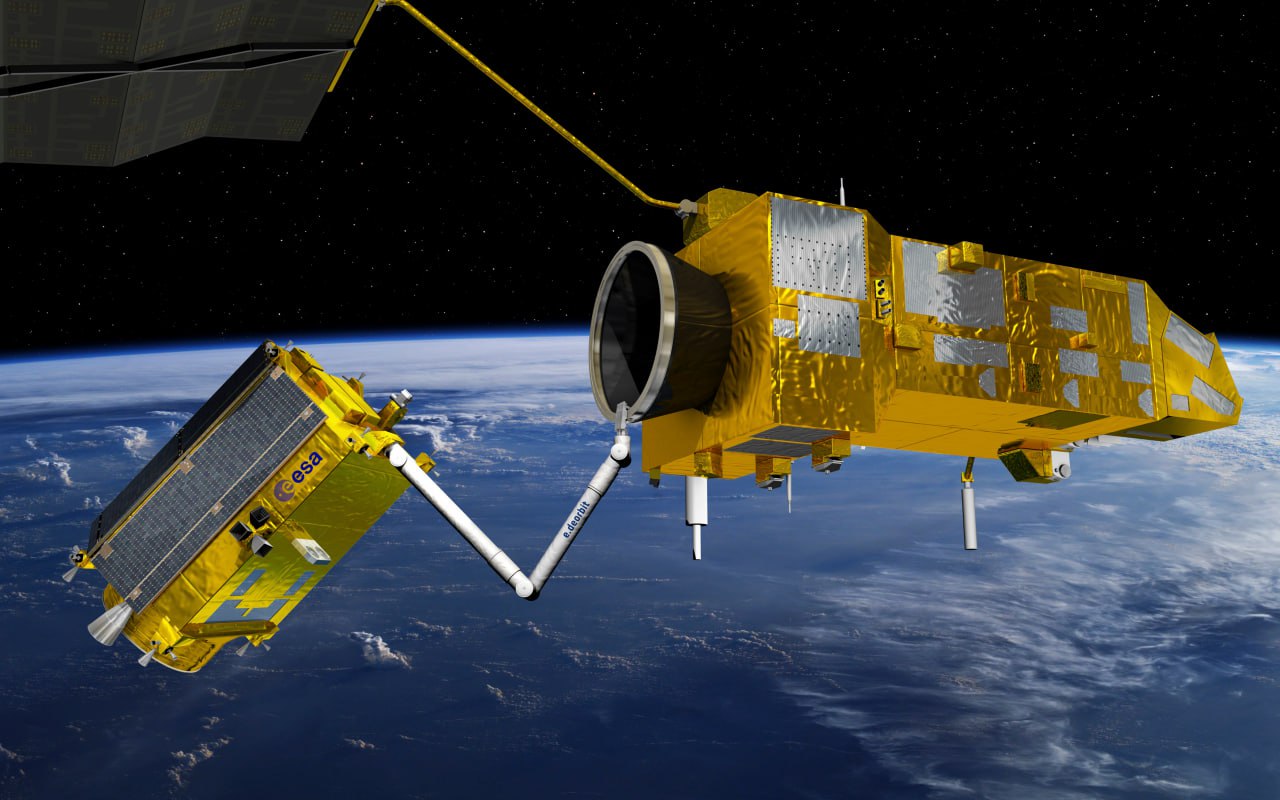In 2021, the satellite database maintained by the Union of Concerned Scientists showed 3,300 active satellites orbiting the Earth. They provide services essential to global security, commerce, science, and the safety and wellbeing of large parts of the population. Some examples are global communications and navigation, remote sensing, climate science, and weather observation. For most of the history of spaceflight, satellites have been treated as disposable articles and the orbits around Earth as an infinite resource. With about 5,400 space missions flown since 1957, more than 12,100 objects in orbit around Earth are classified as debris objects and another 2,200 are spent upper stages. This is before the “mega constellations” proposed by a number of new commercial space enterprises add a projected 20,000 new satellites. As more space debris are added to orbit, it is increasingly difficult to avoid collisions with debris objects. Actively removing the debris in orbit will lower the risk of collisions with new and current spacecraft.
In the last few years HR Space robotics section has developed different research works to solve several of the challenges in active debris removal. Advanced control approaches (see e.g [1][4][9][11], visual servoing systems [1]-[10] and space manipulation approaches [7][9] have been proposed for the guidance of free-flying and free-floating manipulators, spacecraft and the coordinate guidance navigation and control of multiple spacecraft [5]. These approaches consider the specific kinematics and dynamics of the on-orbit space robots, orbital dynamics and perturbations and sensor-based approaches in space.
Concurrent image-based visual servoing with adaptive zooming for non-cooperative rendezvous maneuvers
Human Robotics Group - University of Alicante
Contact us
-
Human Robotics
UA Polytechnic School 3
Physics, Systems Engineering and Signal Theory Department
University of Alicante
Ctra San Vicente del Raspeig s/n
San vicente del Raspeig
03690 Alicante, Spain. -
(+34) 965 903 400 Ext. 1094
-
huro@ua.es
-
Week Days : 09:00 – 18:00
Saturday, Sunday : Holiday





